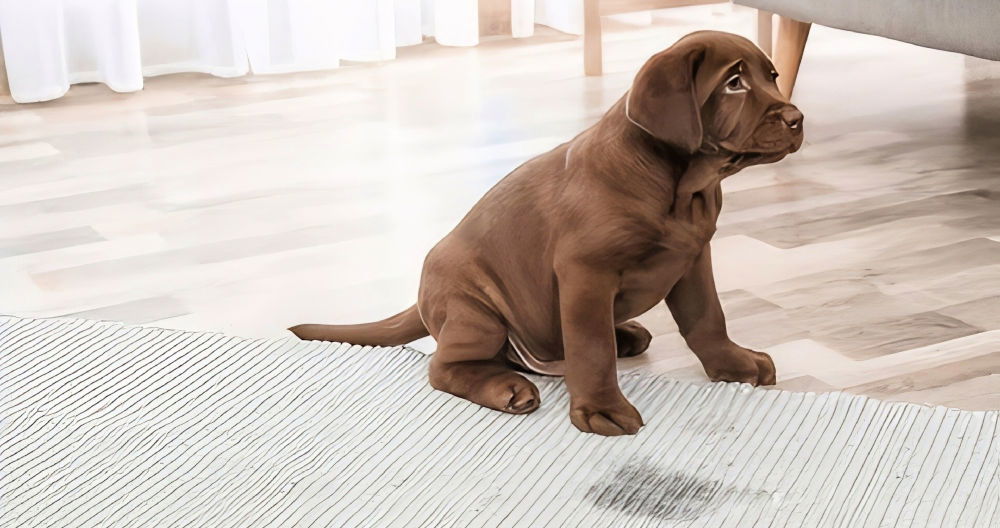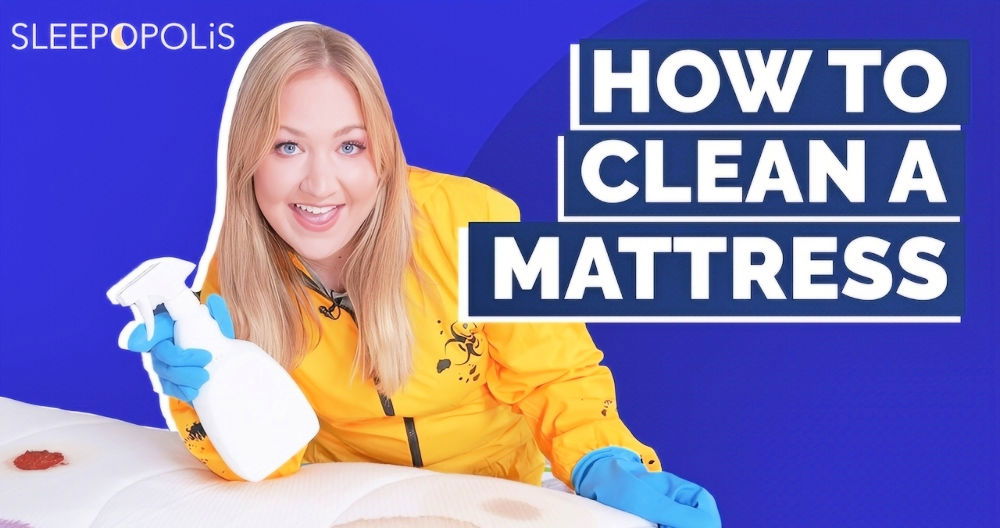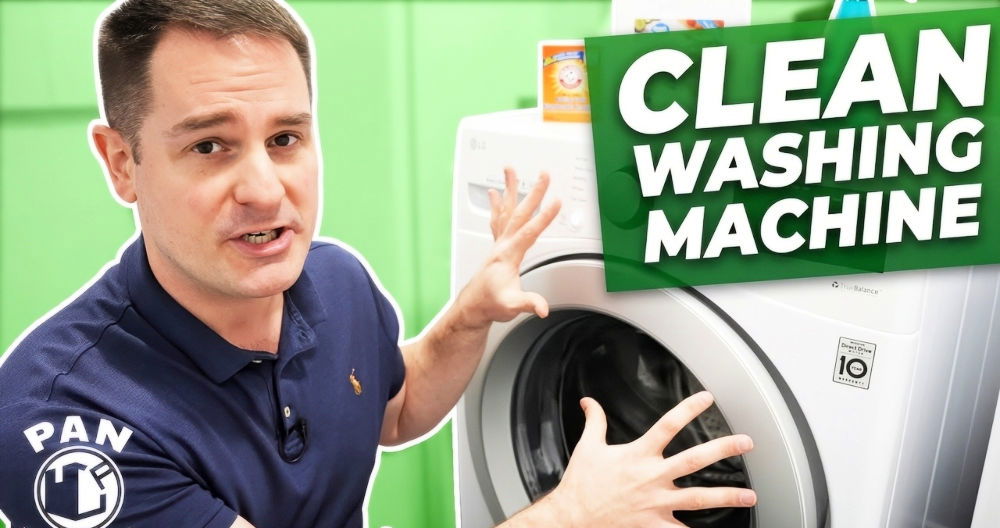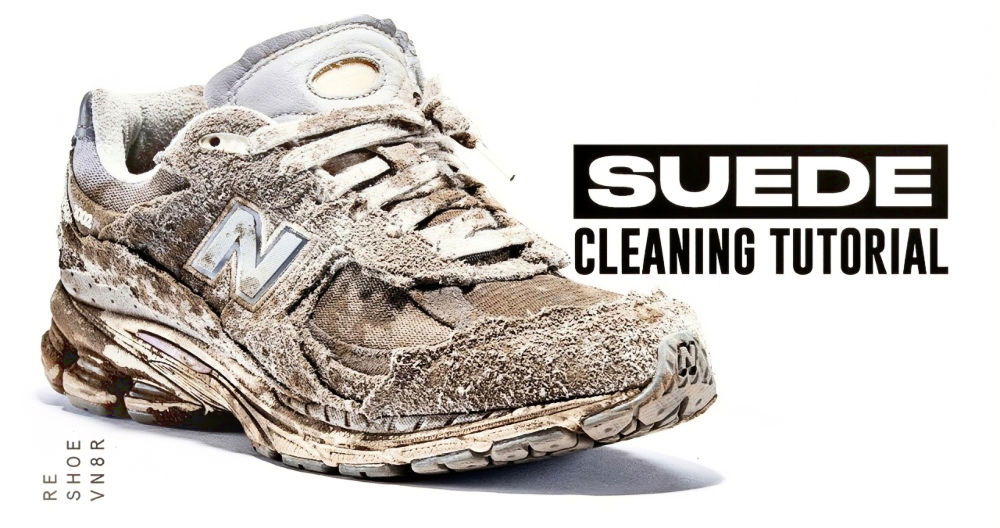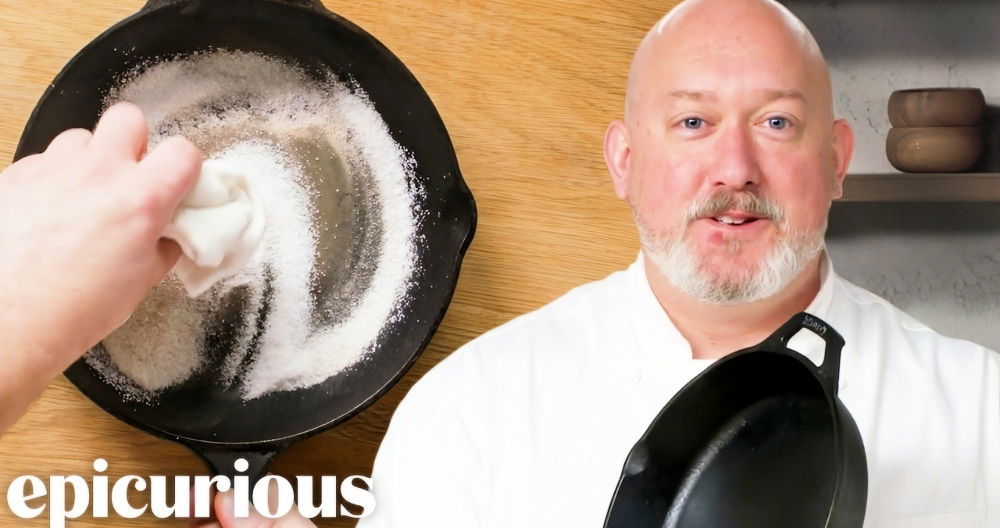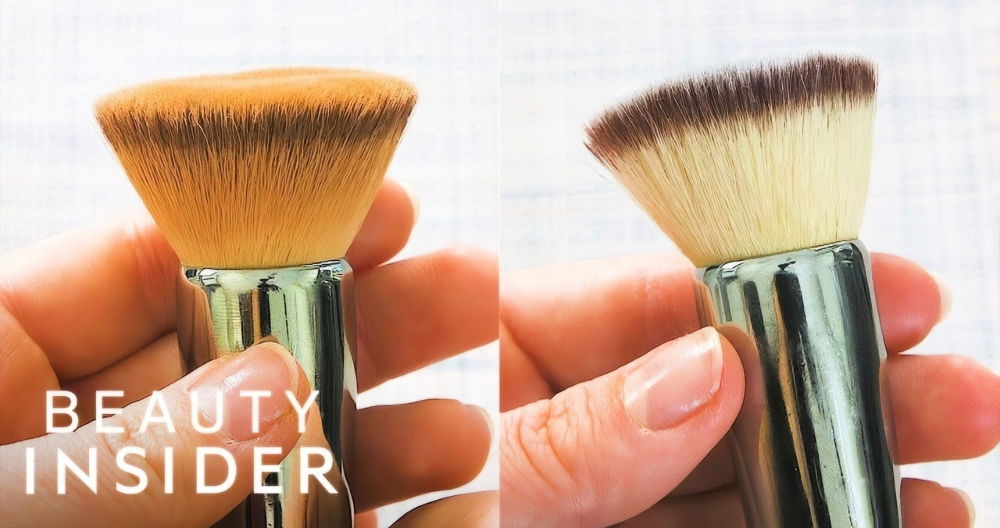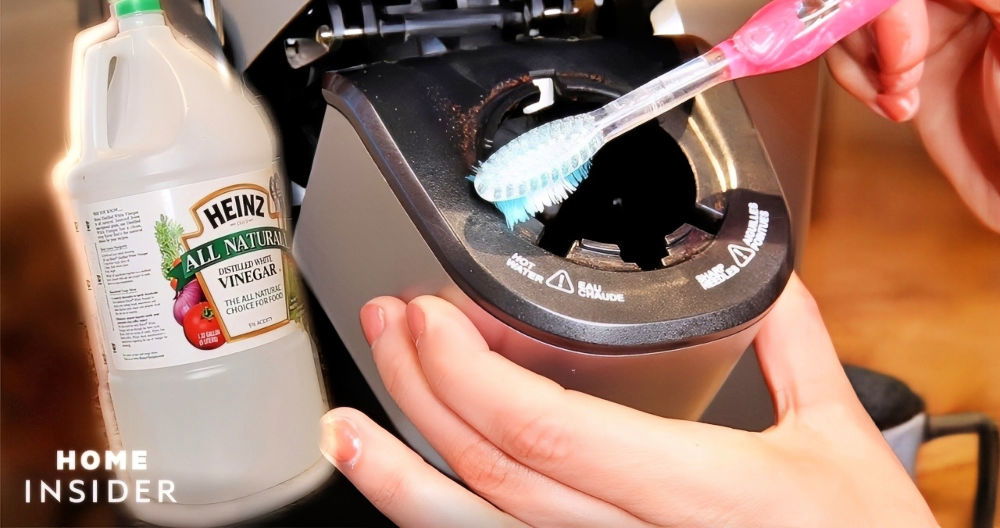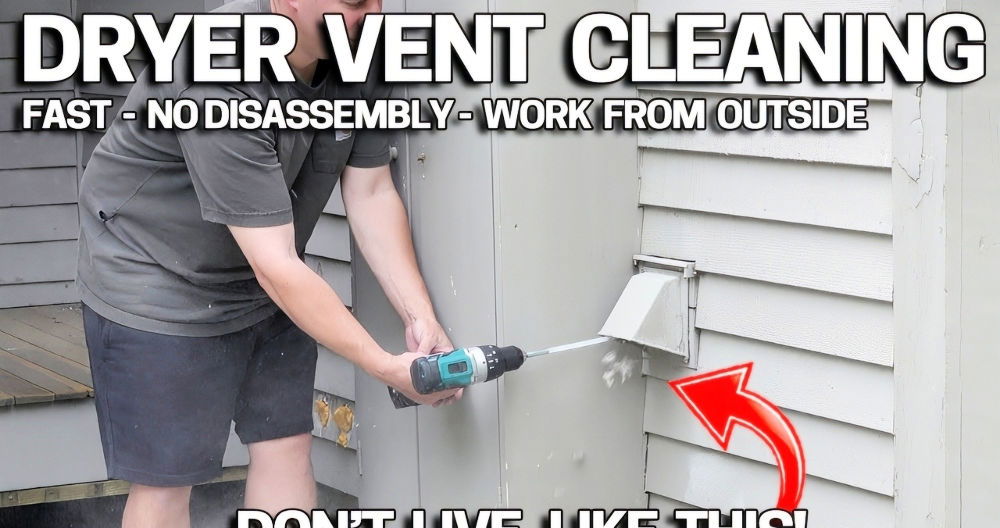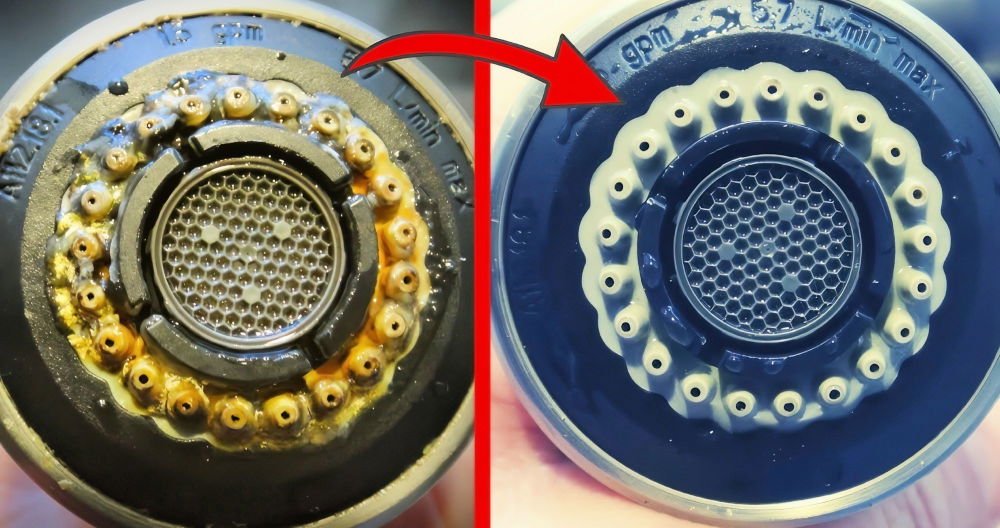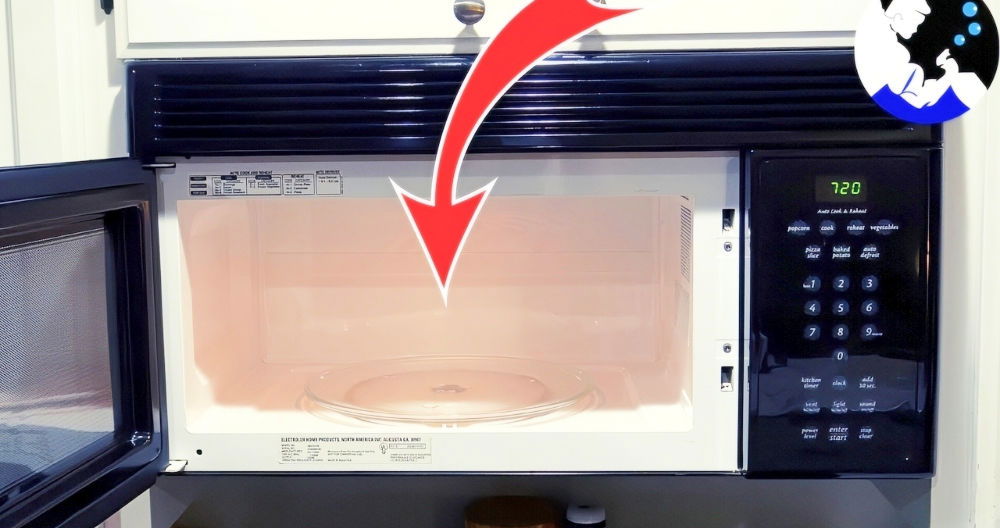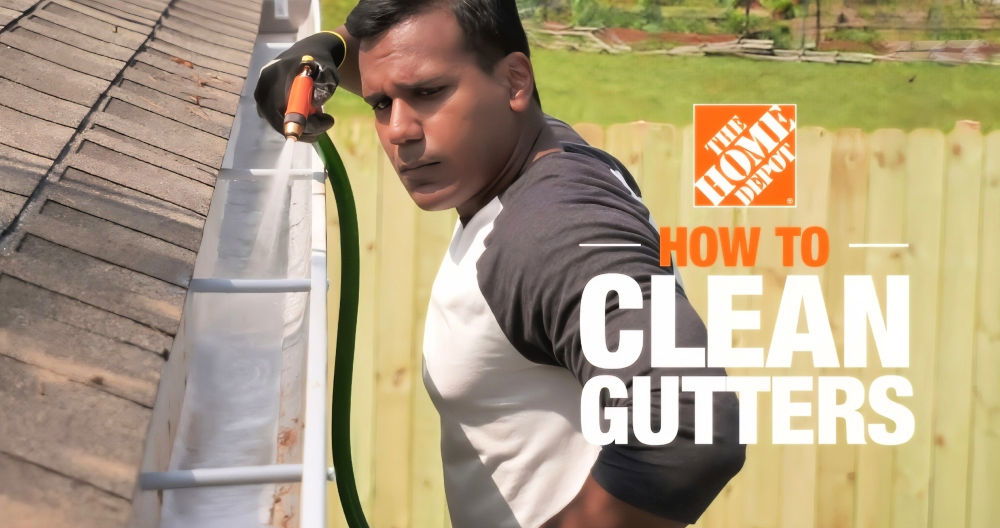Retainers are a crucial part of orthodontic treatment, designed to help maintain the results of your braces or Invisalign by keeping your teeth in their new position. Properly caring for and cleaning your retainer is key to preserving not only the retainer itself but also your straight smile. In this comprehensive guide, we'll cover everything you need to know about cleaning retainers, including the various types of retainers, how to clean them properly, and tips for maintaining their effectiveness over time.
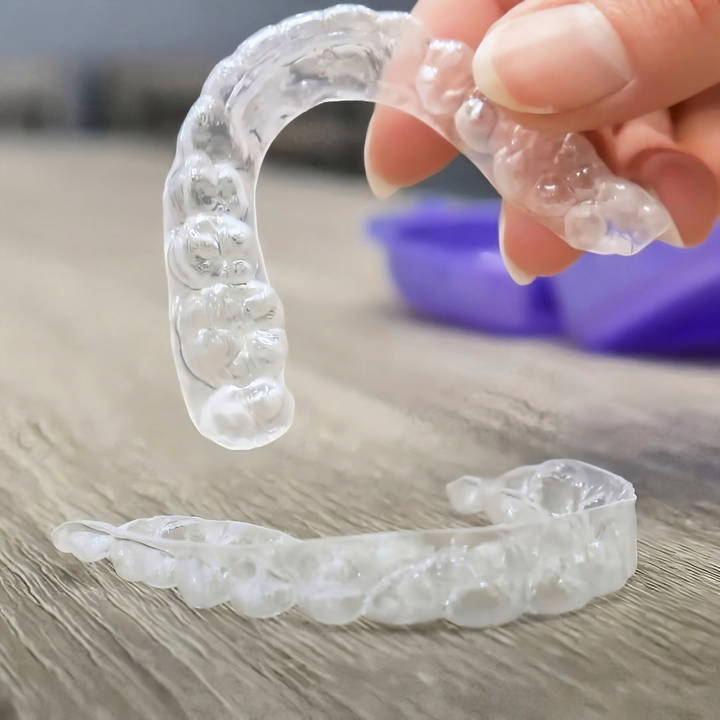
Understanding the Importance of Retainers
Retainers are just as important as your braces were during the treatment phase. Once your braces are removed, your teeth need time to stabilize in their new position. Without a retainer, they can start to shift back to their original positions. As a result, wearing your retainer as instructed by your orthodontist is essential for maintaining your beautiful smile for life.
You may be surprised to learn that retainers aren't a short-term commitment. Depending on your orthodontist's instructions, you may need to wear them for several hours a day for the first few months, and after that, just at night to keep your teeth aligned. In fact, some orthodontists recommend wearing a retainer indefinitely to prevent shifting.
Types of Retainers
There are two main types of retainers: removable and fixed. Each type has its own cleaning routine.
Removable Retainers
These are the most common type of retainers and are typically made from clear plastic or a combination of plastic and wire.
- Clear plastic retainers: These retainers, also known as Essix retainers, are transparent, making them less noticeable.
- Hawley retainers: These are made of plastic or acrylic and have metal wires that hold them in place.
Fixed Retainers
Fixed retainers are attached to the back of your teeth, usually with dental cement. These retainers are sometimes referred to as bonded retainers. They are often recommended for people who are at high risk of their teeth shifting back, such as those who have had significant orthodontic work.
While fixed retainers don't require the same kind of daily removal and cleaning as removable retainers, you will still need to ensure that the areas around the retainer are kept clean.
Step by Step Instructions
Learn how to clean your removable and fixed retainers with daily routines and weekly deep cleaning tips. Ensure a fresh retainer and avoid common mistakes.
How to Clean a Removable Retainer
Keeping your removable retainer clean is essential for your oral health and the longevity of the retainer itself. Here's a step-by-step guide to cleaning your removable retainer.
Daily Cleaning Routine
- Rinse Immediately After Removing: Every time you remove your retainer, rinse it under lukewarm water. This helps remove any saliva, debris, or bacteria before it hardens.
- Use Soap and Water: A gentle yet effective method to clean your retainer is to use a small amount of dish soap or hand soap and a soft-bristle toothbrush. Lightly scrub the retainer to remove any buildup, then rinse it thoroughly with lukewarm water. Avoid using toothpaste, as it can be too abrasive and may scratch the surface of the retainer.
- Soak in a Retainer Cleaner: You can also soak your retainer in a cleaning solution, such as Retainer Brite or a colorless mouthwash (avoid colored mouthwashes as they can stain your retainer). Soak the retainer for the recommended time, then rinse it thoroughly with water before wearing it again.
- Avoid Extreme Temperatures: Never expose your retainer to extreme temperatures, such as boiling water, a dishwasher, or direct sunlight. Heat can warp the plastic, rendering the retainer ineffective.
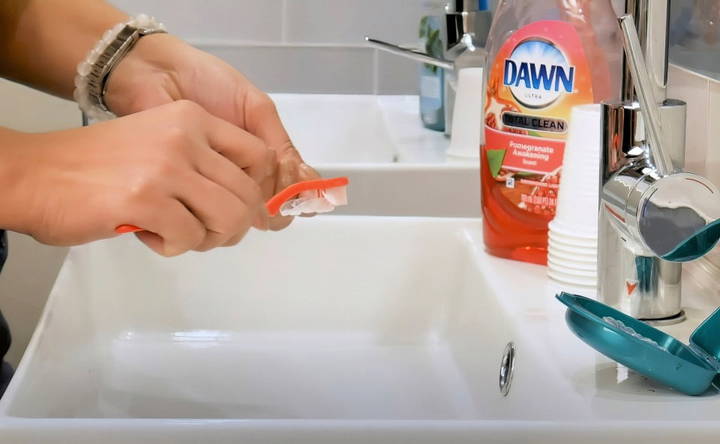
Deep Cleaning Once a Week
In addition to daily cleaning, it's important to deep clean your retainer at least once a week to ensure it remains bacteria-free.
- Prepare a Baking Soda Soak: Mix a tablespoon of baking soda with a cup of water and soak your retainer for 10-15 minutes. Baking soda helps neutralize odors and kills bacteria.
- Vinegar Soak: Alternatively, you can soak your retainer in a mixture of equal parts white vinegar and water. This helps remove calcium buildup and disinfect the retainer.
- Rinse Thoroughly: After soaking, always rinse your retainer with water to remove any residue from the cleaning solutions.
How to Clean a Fixed Retainer
Since fixed retainers are bonded to your teeth, cleaning them involves paying special attention to the area around the retainer. The fixed nature of the retainer means plaque can accumulate around it, potentially leading to cavities or gum disease if not cleaned properly.
Daily Cleaning Routine
- Brush Thoroughly: Use a soft-bristled toothbrush and fluoride toothpaste to brush the areas around the fixed retainer. Focus on the wire and the back of your teeth, where the retainer is attached.
- Floss Regularly: Flossing is particularly important for those with a fixed retainer. Use a floss threader to guide floss behind the wire of your retainer and floss between each tooth. You can also use an interdental brush to clean under the wire if necessary.
- Use a Water Flosser: A water flosser can also help remove food particles and plaque buildup around your fixed retainer. This tool uses a stream of water to clean between teeth and along the gumline, making it easier to maintain good oral hygiene.
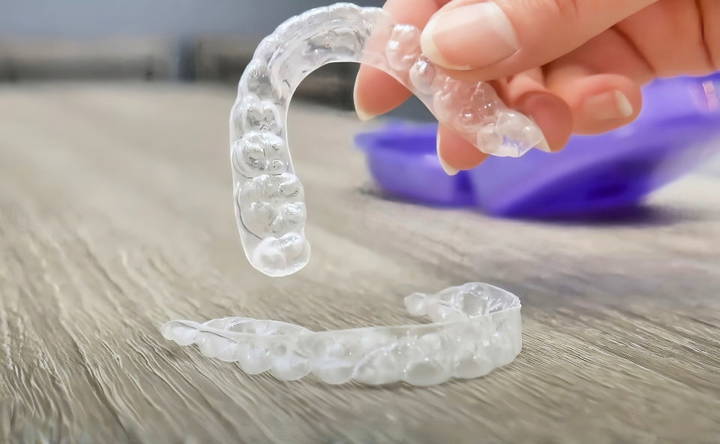
What Not to Use When Cleaning Your Retainer
While it's essential to keep your retainer clean, certain products should be avoided as they can damage the retainer or make it less effective.
- Toothpaste: Many types of toothpaste contain abrasives that can scratch the surface of your retainer, especially if it's made from clear plastic.
- Colored Mouthwash: Mouthwashes that contain dyes can discolor your clear retainer, making it look cloudy or stained.
- Denture Cleaners: Some denture cleaners are too harsh for retainers, especially clear plastic ones. They can cause the plastic to become cloudy or brittle over time.
- Boiling Water or Hot Water: High heat can warp the plastic in your retainer, rendering it unusable. Always use lukewarm water when cleaning your retainer.
Common Mistakes to Avoid
It's easy to make a few mistakes when caring for your retainer, but these missteps can damage your retainer or cause it to lose its effectiveness. Here are some common mistakes to avoid:
- Placing Retainer in a Napkin: When removing your retainer to eat, don't place it in a napkin or tissue. This is a common way retainers are accidentally thrown away. Instead, store it in its protective case.
- Neglecting to Clean Your Retainer Regularly: Just like your teeth, your retainer can accumulate plaque and bacteria. Failing to clean it regularly can lead to bad breath and other oral health problems.
- Leaving Retainer in the Open: Pets, especially dogs, are often attracted to retainers and might chew them if left unattended. Always store your retainer in its case when it's not being worn.
Replacing Your Retainer
Retainers don't last forever. Over time, they can wear down, crack, or lose their fit. If your retainer becomes damaged or doesn't fit properly, it's important to contact your orthodontist for a replacement. A poorly fitting retainer won't keep your teeth in the correct position and can lead to shifting.
Signs You Need a New Retainer
- Cracks or Fractures: If your retainer has any visible cracks, it's time for a replacement.
- Poor Fit: If your retainer feels too tight or too loose, it may no longer fit properly, and you should visit your orthodontist.
- Discoloration: While some discoloration is normal over time, excessive staining or cloudiness can indicate it's time for a new retainer.
Conclusion
Cleaning your retainer is an essential part of maintaining both your oral health and the results of your orthodontic treatment. Whether you have a removable or fixed retainer, following the proper cleaning routine will help keep your retainer in good condition and ensure your teeth stay in their new, straightened position.
Remember to clean your removable retainer daily using a gentle soap and soft brush, avoid extreme temperatures, and store it safely when not in use. For fixed retainers, brushing and flossing are key to preventing plaque buildup. Lastly, keep an eye on the condition of your retainer and replace it as needed to protect your smile for life.
By taking proper care of your retainer, you'll not only extend its lifespan but also ensure that your smile stays straight and healthy for years to come.
FAQs About Retainer Cleaning and Care
Discover essential FAQs about retainer cleaning and care. Learn tips and best practices to keep your retainer fresh and effective.
If your retainer has a soapy taste after cleaning, ensure you rinse it thoroughly with lukewarm water after using dish or hand soap. Soaking it in clean water for a few minutes after rinsing can also help remove any lingering taste.
It’s best to avoid toothpaste for cleaning retainers, especially clear plastic ones, as toothpaste can be abrasive and may scratch or cloud the surface of your retainer. Stick to dish soap, hand soap, or retainer-cleaning solutions.
In addition to daily cleaning with soap and water, you should deep clean your retainer at least once a week. Use a baking soda or vinegar solution, or a product like Retainer Brite to remove any buildup and ensure thorough sanitation.
If your retainer feels too tight after skipping wear for a while, try wearing it consistently for a few hours to help your teeth adjust. However, if the retainer causes discomfort or doesn’t fit properly, contact your orthodontist to prevent shifting.
You can soak your retainer in colorless mouthwash, but avoid using colored mouthwash as it may stain or cloud your clear plastic retainer. Always rinse it thoroughly afterward to avoid residue.
It’s not necessary to soak your retainer in water constantly, but if you do, use plain water or clear, colorless mouthwash to avoid bacterial growth. Ensure it’s completely dry before storing it in its case.
If you accidentally expose your retainer to boiling water, it’s likely damaged and no longer fits properly. Contact your orthodontist to get a replacement, as boiling water can warp the plastic.
White buildup on your retainer could be calcium deposits. To remove it, soak the retainer in a mixture of equal parts vinegar and water for 10-15 minutes, then scrub it with a soft toothbrush and rinse thoroughly.
A broken or cracked retainer won’t be able to hold your teeth in place effectively. If this happens, contact your orthodontist for a replacement as soon as possible to prevent your teeth from shifting.
Using a water flosser on your retainer is generally safe, but it won't replace manual scrubbing. It's best to combine it with regular brushing using a soft toothbrush and dish soap for a more thorough clean.



